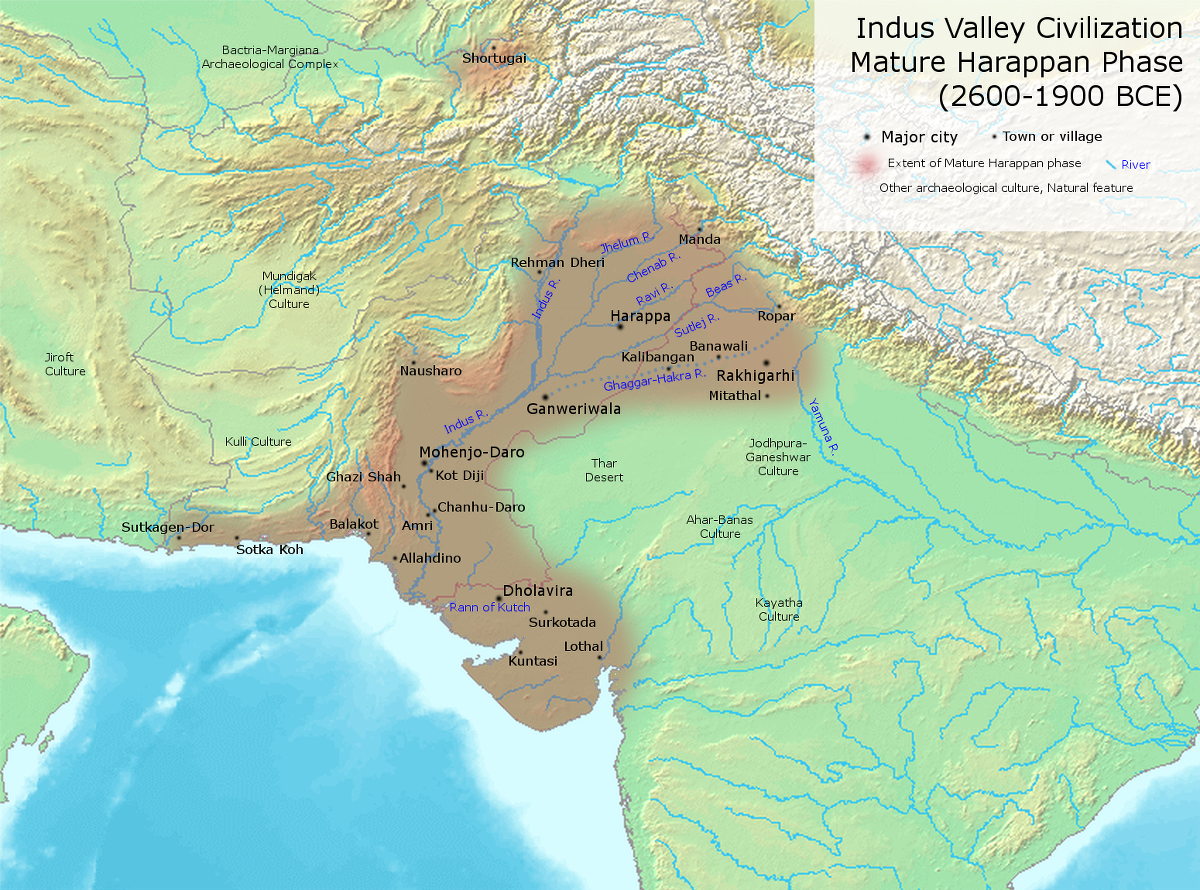
Research Stash Weekly Review #51
- News
- 1.3K
Weekly Review #51 – Summary of the latest news in science and technology research across the world, carefully handpicked by team Research Stash
Scientists identify a key molecular driver of fat formation
There is a lot we know about what drives weight gain in humans, with behaviors like unhealthy eating and a lack of exercise a couple of well-known contributors. Read More
Mysterious underground continents may be as old as Earth
Ancient, gigantic regions of rocks as large as continents exist hundreds of miles below the Earth’s crust and could be as old as the planet itself, according to a new study. Read More
$2.8M NIH Grant Targets Proteins Involved in Brain Disorders
The National Institute of Neurological Disorders and Stroke, of the National Institute of Health (NIH), has awarded a large grant to researchers who are seeking to understand the molecular structure of toxic proteins that drive brain disorders. Read More
Scientists shave estimate of neutrino’s mass in half
An international team of scientists, including researchers at MIT, has come closer to pinning down the mass of the elusive neutrino. These ghost-like particles permeate the universe and yet are thought to be nearly massless, streaming by the millions through our bodies while leaving barely any physical trace. Read More
A Lunar Space Elevator Is Actually Feasible & Inexpensive, Scientists Find
From NASA and ESA (the European Space Agency) to Jeff Bezos and Elon Musk, it’s every space institute’s and tech billionaire’s dream to return to the moon during this century. Read More
There’s a New Blackest Material Ever, and It’s Eating a Diamond As We Speak
On the floor of the New York Stock Exchange, a team of artists and scientists have made a 16.78-carat diamond — valued at more than $2 million — disappear. Read More
Lab-Grown Human Mini Brains Show Brainy Activity
As the little structures grow, their constituents specialize into different types of brain cells, begin to form connections and emit brain waves. They could be useful models for development and neurological conditions. Listen More
Scientists discover a way to ‘grow’ tooth enamel
Scientists say they have finally cracked the problem of repairing tooth enamel. Read More
For the first time, astronomers catch asteroid in the act of changing color
Last December, scientists discovered an “active” asteroid within the asteroid belt, sandwiched between the orbits of Mars and Jupiter. The space rock, designated by astronomers as 6478 Gault, appeared to be leaving two trails of dust in its wake — active behavior that is associated with comets but rarely seen in asteroids. Read More
Genetics may explain up to 25% of same-sex behavior, giant analysis reveals
People who have had same-sex partners are more likely to have one or more of certain DNA markers, according to the largest ever search for genes linked to sexual orientation. Even all the markers taken together, however, cannot predict whether a person is gay, bisexual, or straight. Instead, hundreds or thousands of genes, each with small effects, apparently influence sexual behavior. Read More
If you liked this article, then please subscribe to our YouTube Channel for the latest Science & Tech news. You can also find us on Twitter & Facebook.


